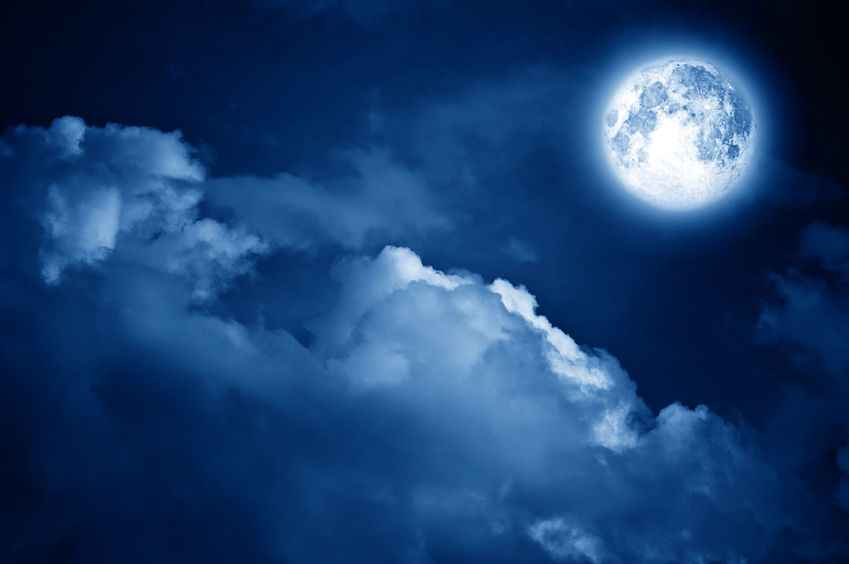Lunar eclipse, ‘snow moon’, New Year comet all visible on Friday

It’s rare enough to have a lunar eclipse, but to have it happen at the same time as a comet passes, and on the full moon of the month, is truly a remarkable opportunity. Image: INQUIRER.net stock photo
Two nights from now, skywatchers will be in for a treat as three celestial events are set to occur all in one night.
These three events are the February snow moon, a lunar eclipse, and the passing of the New Year comet which will be making its closest approach to earth since 2011, reports The Telegraph.
The February snow moon is simply February’s full moon, but it received its alternate name because, historically, February has been the snowiest month in America. Native American tribes also called it the Hunger Moon due to the difficulty in hunting from snowy conditions. It will rise 4:44 p.m. GMT on Friday (local time 12:44 a.m., midnight, February 11), February 10, and set at 7:30 a.m. GMT the next day Saturday, February 11 (3:30 p.m, February 11).
The lunar eclipse is not as spectacular as a total or partial solar eclipse but it is still a rare occasion. Skywatchers will notice a reduction in the moon’s brightness as it passes the Earth’s shadow, as the two line up with the sun. It will last for over four hours and will start 10:34 p.m. GMT (6:34 a.m., February 11). Unfortunately, while the eclipse should be visible for most of Asia, skywatchers in the Philippines may not be so lucky.
Finally, there’s the New Year comet which is also known as Comet 45p. It was discovered by Moniru Honda in 1948 and named after Moniru Honda, Antonín Mrkos and Ľudmila Pajdušáková. It makes an appearance every five-and-a-quarter years and is usually visible around the world since December including over the New Year, hence its nickname.
This comet will come as close as .08 astronomical units (7.4 million miles), as it zips by the Earth, and will be in the closest that it has ever come since 2011. Stargazers may look up at the constellation Hercules on midnight of February 10 to 11. A blue-green “head” and fan-shaped tail should be visible to the naked eye on a clear sky, free of light pollution. A pair of binoculars could also come in handy.
According to NASA’s report, “[the] comet then passes through the constellations Corona Borealis (the Northern Crown), Boötes (the Herdsman), Canes Venatici (Boötes’ hunting dogs) and Ursa Major. Then on to Leo by the end of February. It moves swiftly – 9 degrees each day.”
The next time Comet 45p passes by Earth will be in 2022.
For all the skygazers out there, mark your calendars and hope for clear skies over the weekend. Alfred Bayle














